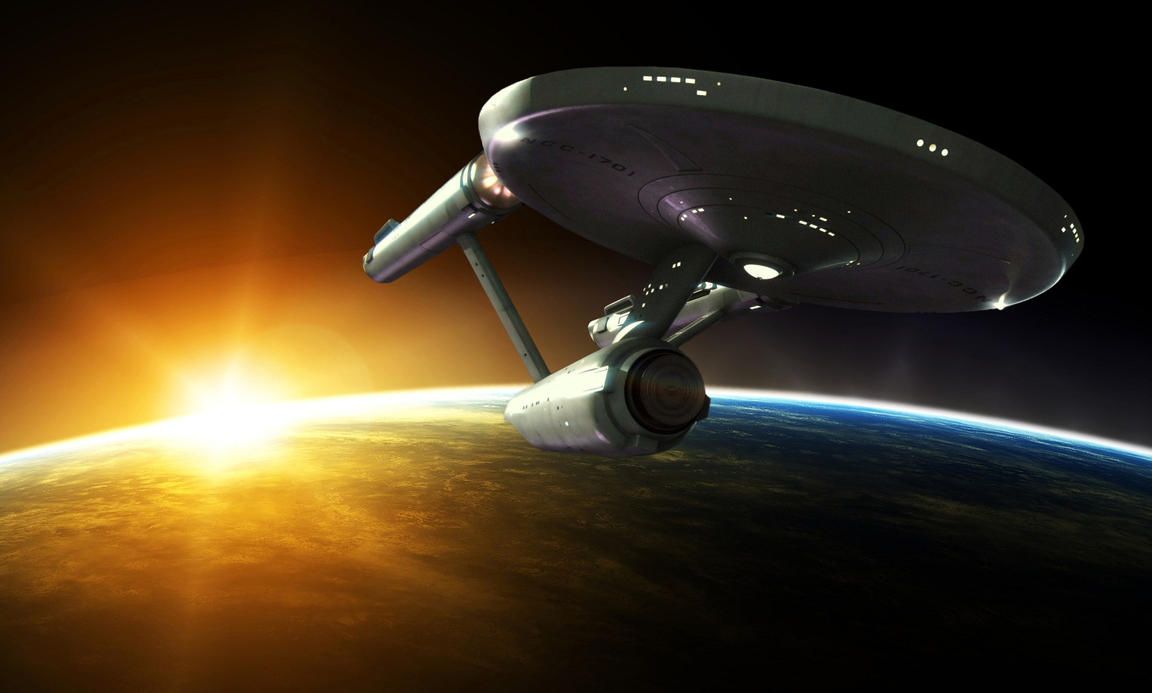
This post is is going to be a little different, and deals more on the scientific side of things, as opposed to the science fiction. Well...maybe a little science fiction.
This idea came to me while I was reading an article on Blastr.com that was reporting on China's claim that it was developing a supersonic submarine. They claim they are going to achieve this capability by creating a launchpad that would catapult their submarine at speeds in excess of 62 mph, which would create an air bubble around the sub. The air bubble would cut down on the drag that the submarine has while moving through the water, and they say the sub could potentially reach speeds of 3,600 mph.
This technology isn't really new. It's called supercavitation. Russia experimented with it during the Cold War by implementing this technique with their torpedoes. The experiment allowed their torpedoes to travel around 230 mph, however it made maneuvering them extremely difficult. China thinks it's figured this problem out by creating a liquid membrane that could possibly help steer the sub.
Okay, enough of the science lesson. This is when I started thinking (most people stop me at this point, but just work with me here)...if we can develop this sort of "bubble of air" to allow a sub to go supersonic under water, why couldn't we apply this theory to space? Look, I know that an air bubble won't work in space since it's a vacuum, but why couldn't we find some other property that could achieve the same thing in a vacuum? Let me give you an example: Is everyone familiar with the story of the Philadelphia Experiment? It's alleged that the US Navy tried to cloak a ship, the USS Eldridge, by generating some sort of electrical bubble around the ship. While most people believe this story to be a hoax, let's just consider the principle. Could an electrical bubble be created around a shuttle or spacecraft that would allow it to zip through space under the same rules of supercavitation? What about some sort of magnetic bubble that could be used to push off other planets' gravity?
Look, this is all just speculation, but it did make me wonder if we could use the same principles from one experiment and try to find a way to apply it to the other. Does this really seem that far-fetched? I don't know. Maybe it's just wishful thinking on my part.
Thanks for indulging me with this post. If you'd like to hear more about the sub, check out the link below:
No comments:
Post a Comment